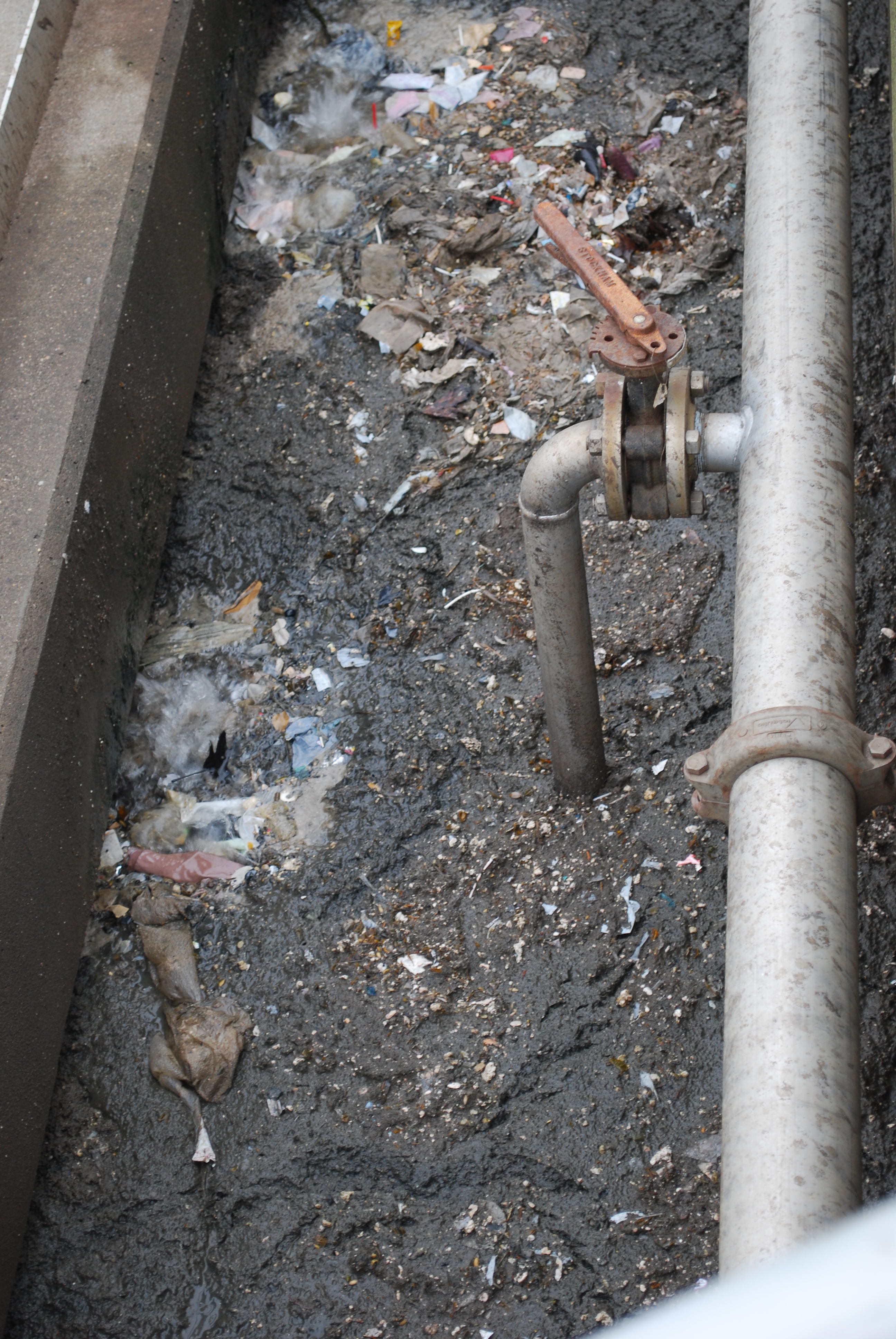
Nassau legislators Dennis Dunne, Sr. and David Denenberg advise North Hempstead Supervisor Jon Kaiman and the Town Board against diverting millions of gallons of Great Neck's wastewater to the county-run Cedar Creek Water Pollution Control Plant at a Nov. 17 meeting in Manhasset.
Resolving a seven-year tug-of-war over the best way to comply with state and federal environmental laws while dealing with several million gallons of sewage, Great Neck and its surrounding areas’ residents produce on a daily basis—in the most cost-efficient way—North Hempstead Supervisor Jon Kaiman and the Town Board unanimously approved a $60 million bond resolution Nov. 17 to upgrade an existing wastewater facility and decommission another.
The result will be a new, environmentally friendly state-of-the-art tertiary sewage treatment plant that will utilize cutting-edge technology, including an oxidation ditch, slash nitrogen emissions into the Long Island Sound, while simultaneously saving costs and consolidating services throughout the Great Neck peninsula, say proponents.
It was an emotional evening, as about 100 people packed into North Hempstead Town Hall to hear the Board’s decision. Attendees included commissioners from the Great Neck Water Pollution Control District, its superintendent, Christopher Murphy, residents, and mayors from the Villages of Great Neck, Kensington and Saddle Rock, among others.
Supervisor Kaiman recapped scenes from the “intense, long-term negotiation” that culminated in the long-awaited vote, such as 10-hour meetings fueled by gallons of coffee and challenges presented by all sides.
“This has been a long time coming,” Kaiman told the crowd just prior to the vote. “It wasn’t easy. It took hours and hours and days and days and ultimately weeks and months to deal with the nuances, the details…Everybody had to win.”
The municipalities really had no other choice, he explained, since no other viable option remained on the table and deadlines from the New York State Department of Environmental Conservation and U.S. Environmental Protection Agency were looming, some had already passed—and fines for non-compliance would cost taxpayers millions upon millions.
But it wasn’t just North Shore officials and residents in attendance that night, or who had fought for a solution to Great Neck’s dirty dilemma for so long. One of those “off the table” options—a lightning rod of controversy among South Shore environmentalists and elected officials—had been for Great Neck’s communities to divert its more than 3.5 million average daily gallons of sewage to the Cedar Creek Water Pollution Control Plant in Wantagh. Opponents of that plan also had a substantial presence at the Nov. 17 vote.
The meeting began with comments from Nassau County legislators Dennis Dunne, Sr. (R-Levittown) and David Denenberg (D-Merrick). Both thanked Kaiman and the Town Board in anticipation of the bond’s approval and warned against the option of sending the sewage to what they described as a problematic Cedar Creek plant.
“There’s so many problems at that plant right now, so we’re really grateful,” explained Dunne.
Denenberg told town officials there were two main reasons why the diversion wasn’t a viable solution: “Due to the conditions at the Cedar Creek plant, A. [And] B, given the capacity that’s remaining…it’s not a viable alternative,” he charged.
The lawmakers’ comments and the night’s vote were music to the ears of two other South Shore representatives in attendance, Cedar Creek watchdogs Mark Salerno and Phil Franco, co-chairs of the Cedar Creek Health Risk Assessment Committee. They’ve been speaking out against Great Neck’s proposed diversion—and warning about a lack of preventive maintenance and inadequate manpower at Cedar Creek—for years, they tell the Press.
“With the condition of the plant, it’s a great relief that we don’t have additional sewage being diverted,” said Salerno.
Franco said, for him, it’s always been about the children.
“We’re grateful that it didn’t come down to diversion, because right now the plant can’t handle it,” he explained. “The Cedar Creek Sewage Treatment Plant is nestled between two elementary schools.”






